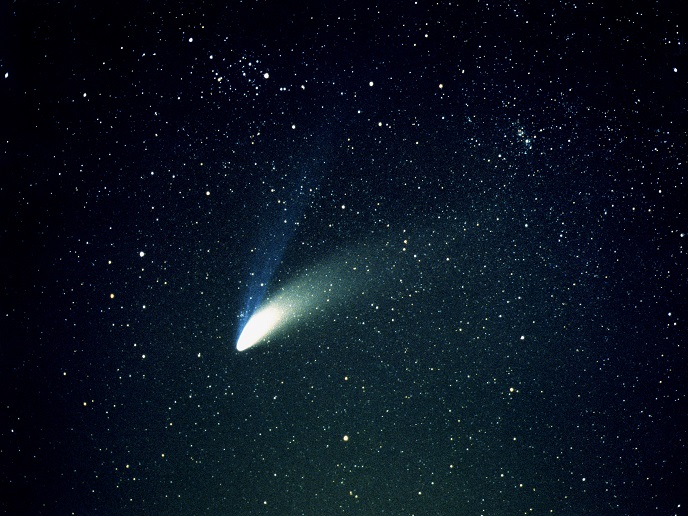Stellar objects beyond Neptune offer clues about our origin
A stellar occultation occurs when a solar system body – such as a planet, satellite, comet or asteroid – passes in front of a star, blocking its light. These occultations, lasting from seconds to an hour, reveal astronomical information to a degree of accuracy impossible using other means, such as space-borne telescopes. Trans-Neptunian objects (TNOs) are bodies which orbit the Sun beyond Neptune. Occultations have been used to detect narrow rings around TNOs, and atmospheres about 1 billionth of Earth’s atmospheric pressure. The EU-supported LUCKY STAR project has advanced knowledge about TNOs using this technique. “We called the project ‘LUCKY STAR’ because we focused on the few stars among billions occulted by solar system objects, highlighting the rarity of the events observed,” explains Bruno Sicardy, project coordinator from Sorbonne University, the project host.
Celestial discoveries
LUCKY STAR analysed occultation data collected from a range of professional astronomical sources, as well as from over 150 amateur astronomers. This was augmented by data from the Gaia astrometric catalogue to boost the efficiency of the stellar occultation method. “Measuring the position of objects in relation to nearby Gaia stars, weeks prior to the occultation, allowed us to predict very accurately when and where the event will be observable,” says Sicardy. The team discovered a dense ring around the dwarf planet Haumea. Combined with the surprising discovery of rings around the asteroid-like Chariklo by Sicardy’s team in 2013, this showed that rings are not exclusive to the four giant planets of Jupiter, Saturn, Uranus and Neptune, as was previously thought. Additionally, the team mapped the trajectory of Pluto to within 50 km, the most accurate to date, and was also able to chart the seasonal evolution of Pluto by monitoring its atmosphere from 2002 to the present day. They also discovered a spectacular threefold increase in Pluto’s atmospheric pressure between 1988 and 2016. “Pluto’s atmosphere is controlled by the sublimation of nitrogen ice at its surface, warmed by solar rays. Pluto's orbit is very elliptic, resulting in large variations of solar warming over time,” adds Sicardy. “Additionally, as its axis of rotation is highly inclined relative to that orbit, large surface areas can be in permanent night or permanent day. Both result in very intense seasonal cycles on Pluto.” Kilometre-sized objects beyond Pluto were also detected. Their size, shape, reflecting properties and densities offer clues about their formation and so could reveal how the early solar system evolved through the collisions between small primordial ‘planetesimals’.
Back to the future
Sicardy’s stellar occultation observations and analysis have previously provided key inputs for space missions such as Voyager 1 and 2 to the giant planets, Cassini-Huygens to Saturn and Titan, and New Horizons to Pluto and Arrokoth. The team is currently working on numerical simulations of collisional rings around small bodies, like dwarf planets. Preliminary results show that a resonance effect, where orbiting bodies exert gravitational influences on each other, might explain the locations of both Chariklo’s and Haumea’s rings. “If confirmed, this effect may explain the formation of satellites, such as ring particles around bodies such as Chariklo and Haumea,” notes Sicardy. Of particular interest is the use of stellar occultations to detect the slow orbital evolution of some asteroids, caused by the subtle push of solar radiations. “This will allow us to not only trace the history of those bodies, but possibly predict potentially hazardous Earth impacts,” says Sicardy.
Keywords
LUCKY STAR, stellar, occultation, planet, satellite, comet, asteroid, Neptune, Pluto, orbit, solar system






